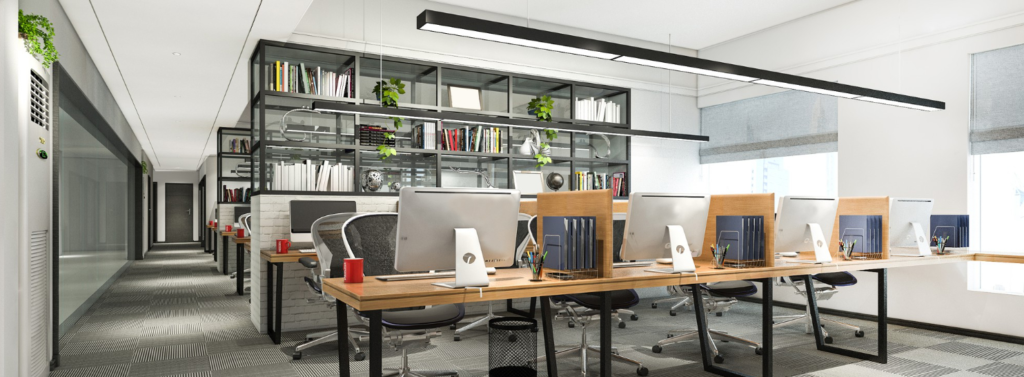In today’s dynamic corporate world, designing an office space that promotes productivity, creativity, and employee well-being is crucial. One essential element that plays a significant role in creating a functional and visually appealing workspace is office furniture. As businesses recognize the impact of a well-designed office environment, the demand for professional office furniture designers has grown exponentially. In this blog, we will delve into the role of an office furniture designer and how they contribute to enhancing the overall office ambiance.
Understanding the Role of an Office Furniture Designer: An office furniture designer is a skilled professional who specializes in creating and selecting furniture pieces that align with the functional and aesthetic requirements of an office space. They possess a deep understanding of ergonomics, space utilization, and design principles to craft furniture solutions that cater to the unique needs of a business.
Ergonomic Excellence: One of the primary objectives of an office furniture designer is to prioritize ergonomics. They consider the comfort and well-being of employees by designing furniture that promotes good posture, reduces physical strain, and minimizes the risk of work-related injuries. Ergonomically designed chairs, adjustable desks, and supportive accessories can significantly enhance employee productivity and overall workplace satisfaction.
Tailored Solutions: Every office space has its own distinctive requirements, and an office furniture designer understands this well. They work closely with clients to understand their specific needs, taking into account factors such as available space, workflow patterns, and branding preferences. By combining functionality and aesthetics, they create custom-tailored furniture solutions that perfectly fit the office space, ensuring optimal utilization of every nook and corner.
Creative Design: Office furniture designers bring creativity and innovation to the table. They have a keen eye for design trends and possess the ability to transform a mundane workspace into an inspiring and visually appealing environment. From choosing the right colors and materials to incorporating modern and stylish designs, office furniture designers add a touch of sophistication and elegance to the office interiors.
Space Optimization: Efficient space utilization is a crucial aspect of office design, and furniture plays a vital role in achieving this goal. Office furniture designers have expertise in space planning and layout optimization. They analyze the available space, understand the workflow requirements, and strategically position furniture elements to create an open and functional workspace. Through clever storage solutions, modular designs, and flexible furniture arrangements, they maximize space efficiency while maintaining a clutter-free environment.
Sustainability: In today’s environmentally conscious world, sustainability is an essential consideration in office design. Office furniture designers often prioritize eco-friendly materials, sustainable manufacturing processes, and furniture that can be easily recycled or repurposed. By incorporating environmentally responsible practices, they contribute to creating greener workplaces that align with corporate social responsibility initiatives.


